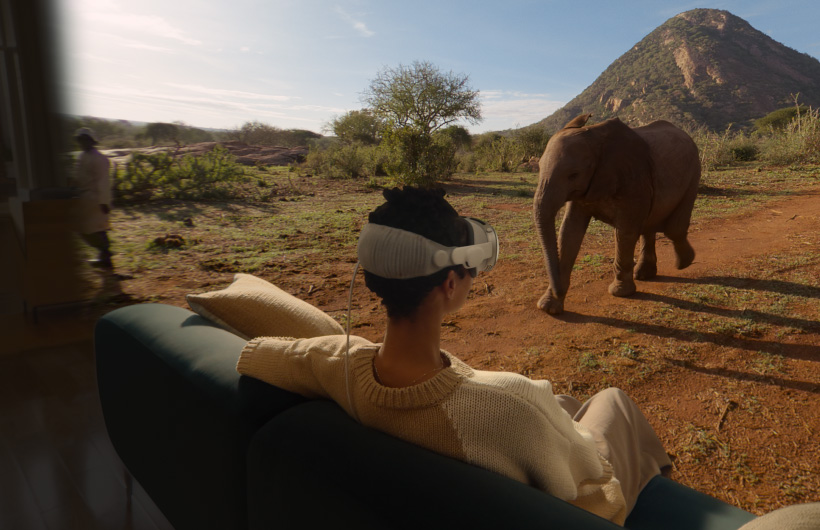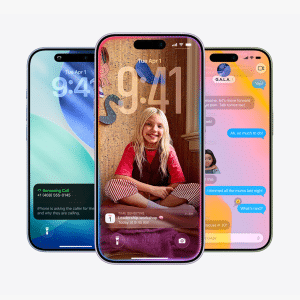The Apple Vision Pro, which Apple introduced earlier in 2024, has set the bar high for mixed reality devices, boasting a premium experience with advanced features such as spatial computing and an immersive display. However, with a price tag around $3,500, it was positioned as a premium product, out of reach for many everyday consumers.
The new non-Pro Apple Vision is expected to come with half the display resolution, making it more affordable without sacrificing essential functionalities. This could serve as a middle ground for users who want the experience but don’t need the advanced features of the Pro version.
Display Resolution and What It Means
Display resolution plays a significant role in delivering the immersive experience users expect from mixed reality devices. The Vision Pro is known for its ultra-high resolution, providing sharp visuals and an expansive field of view. For the non-Pro model, halving the resolution means slightly less visual clarity, but Apple will likely optimize the experience so the difference isn’t too drastic for general use.
This compromise might make the device more appealing to users who want to experience Apple’s Vision technology but don’t require the crystal-clear visuals needed for professional applications such as 3D modeling or video editing.
A Lower Cost Vision for All?
One of the most significant barriers for Apple’s Vision Pro has been its high price point, making it a niche product. The non-Pro Apple Vision, with its reduced specs, is expected to cater to a broader audience by coming in at a much lower price. Although specific pricing hasn’t been revealed, many speculate that the cost could drop significantly, perhaps landing in the range of $1,500 to $2,000.
By offering an affordable alternative, Apple will be better positioned to compete with other augmented and mixed reality products, attracting consumers who might not have otherwise considered entering the AR/VR space.
What Features Can Be Expected?
Though we can expect a lower resolution for the non-Pro version, it’s unlikely Apple will compromise on essential aspects such as battery life, design, or core functionality. Key features such as spatial computing, immersive environments, and seamless integration with Apple’s ecosystem will likely remain intact. Apple’s goal is to provide a more affordable option without stripping away what makes the Apple Vision series stand out.
Users will still be able to interact with Apple’s rich ecosystem of apps, services, and hardware. This device might not include the advanced eye-tracking or hand gesture capabilities of the Vision Pro, but it will still cater to a wide range of use cases, from gaming to social interactions to educational content.
Accessibility and Apple’s Vision Strategy
Apple’s focus on making the non-Pro Apple Vision available to a wider audience indicates a significant shift in its strategy. As the mixed reality space continues to evolve, Apple aims to be at the forefront of not only innovation but also accessibility. By making a more affordable headset, Apple is opening the door for more consumers to experience augmented and mixed reality.
This move also aligns with Apple’s historical approach of offering “Pro” and “non-Pro” versions of its products, similar to what we’ve seen with iPhones, iPads, and Macs. By diversifying its product line, Apple can cater to both professional and general consumers, maximizing its reach in the AR/VR market.
Future Implications for Apple’s Vision Line
The introduction of a non-Pro Apple Vision could be the beginning of a broader strategy to dominate the AR/VR space. As more consumers adopt mixed reality technology, the demand for apps, games, and services that cater to these devices will grow. This will likely lead to increased development within the Apple ecosystem, benefiting users and developers alike.
With both Pro and non-Pro models on the market, Apple can also better compete with rival platforms like Meta’s Oculus, which offers multiple tiers of its VR headsets at varying price points. By offering different versions of Apple Vision, the tech giant ensures that its devices can appeal to a wide range of potential buyers.
The non-Pro Apple Vision is shaping up to be an exciting new addition to Apple’s lineup. With a lower price point and reduced resolution, it opens the doors for a more accessible mixed reality experience while maintaining many of the essential features that make Apple Vision stand out. Whether you’re a developer, gamer, or casual user, the non-Pro version could be an ideal entry point into the future of augmented and mixed reality.
Let us know your thoughts on this story on X @AppleMagazine.








